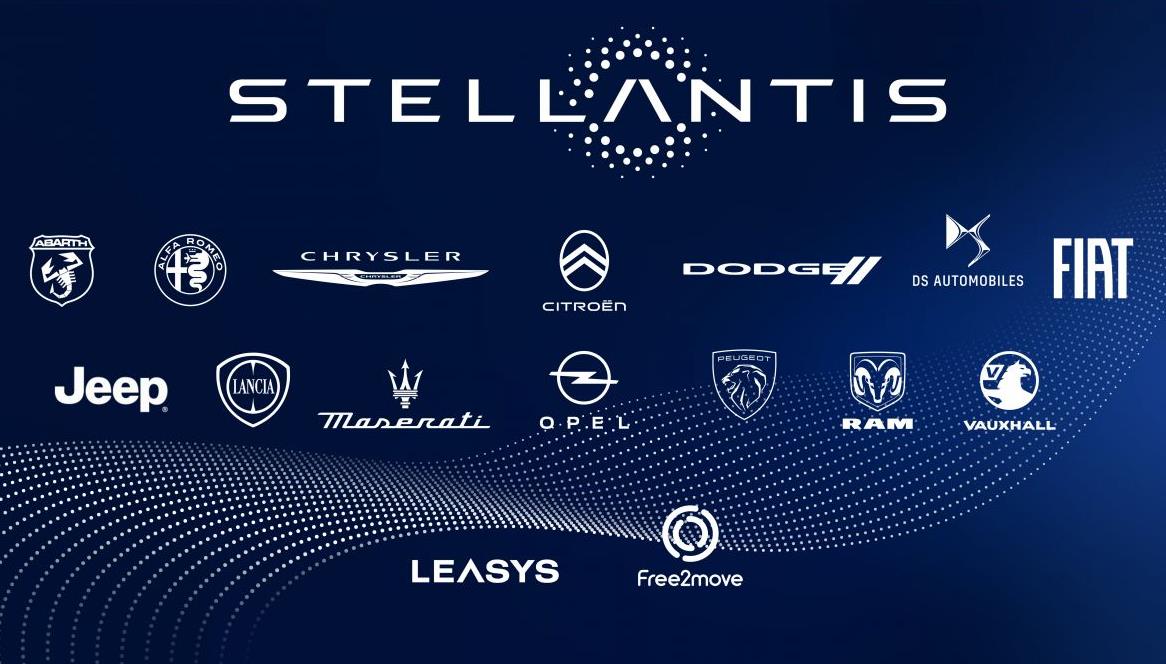On July 29, Stellantis Group announced its performance for the first half of 2025, reporting net revenues of €74.3 billion, a 13% decrease compared to the first half of 2024. The company posted a net loss of €2.3 billion, down from a net profit of €5.6 billion in the same period last year, including €3.3 billion in net expenses not accounted for in adjusted operating income. The adjusted operating income (AOI) fell dramatically by 94% to €500 million, with an AOI margin of only 0.7%, compared to 10.0% the previous year. This decline was primarily driven by challenges in the North American and Western European markets, although growth in South America partially offset the downturn. Stellantis's performance was also impacted by foreign exchange pressures, tariffs, and a decrease in sales of light commercial vehicles in Europe. Despite the poor financial results, Stellantis is actively positioning itself for future growth through strategic leadership restructuring and refocusing. The company has also provided financial guidance for the second half of 2025, expecting an increase in net revenues and an AOI margin to remain in the low single digits, with improvements in industrial free cash flow. This guidance is based on tariffs and trade rules as of July 29. Earlier in April, Stellantis had canceled its financial forecast due to uncertainties related to U.S. tariff policies. The latest assessment from Stellantis indicates that the net impact of tariff policies on the group is expected to reach €1.5 billion in 2025, with €300 million already confirmed for the first half. The company continues to communicate closely with relevant policymakers while advancing its long-term strategic planning. Following this news, Stellantis's stock price fell 4.8% on the Milan Stock Exchange, having already dropped 36% this year. Analyst Stephen Reitman from Bernstein remarked that, although Stellantis has reinstated its performance guidance, it is more qualitative than quantitative, which detracted from the stock price. Stellantis's new CEO Antonio Filosa stated, 'Our new leadership team is acutely aware of the current challenges but will continue to make the necessary tough decisions to reshape the group's profitability and significantly improve performance.' Since taking over Stellantis's top position, Filosa has implemented several major initiatives, including reintroducing the Hemi V8 engine for the crucial Ram brand and delaying the launch of an electric pickup. Additionally, Stellantis is restarting production of the Jeep Cherokee SUV and Dodge Charger with internal combustion engines, both of which had been halted since 2023. Despite the relaxation of fuel economy regulations by the Trump administration, Stellantis and its competitors still face pressure to comply with stricter emissions regulations in Europe. The influx of Chinese automakers like BYD into the European market has made this task increasingly challenging. Filosa also faces issues regarding overcapacity in Stellantis's European operations and pressure to turn around struggling brands, including luxury brand Maserati, which saw a drastic drop in shipments leading to a profit margin of -38% in the first half. Stellantis is facing significant challenges in its once-profitable North American market, with a 23% decline in deliveries in the second quarter, primarily due to temporary shutdowns of some plants in Canada and Mexico, as well as retooling assembly lines for discontinued models.
Stellantis Reports Significant Revenue Decline and Net Loss in H1 2025

Images

Share this post on: